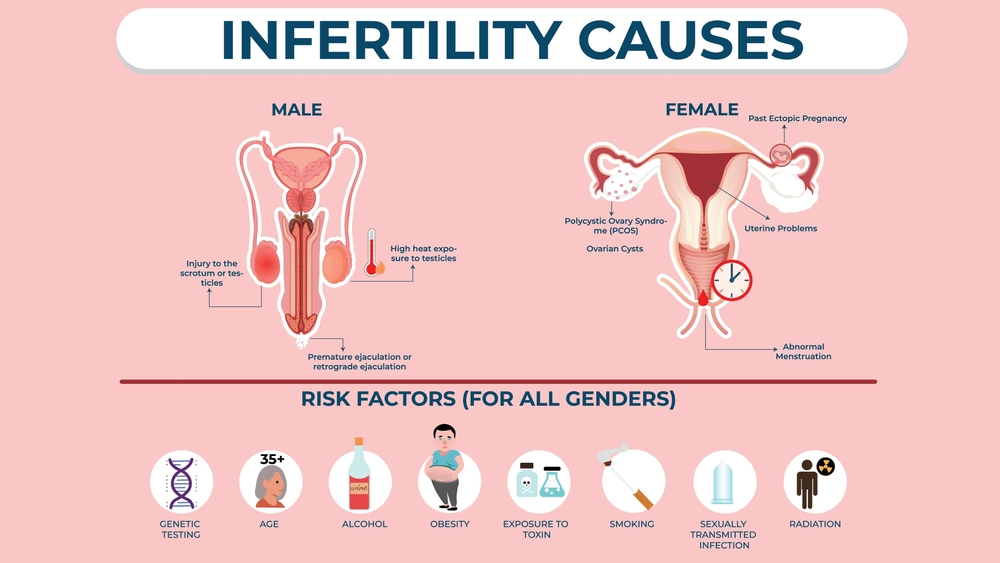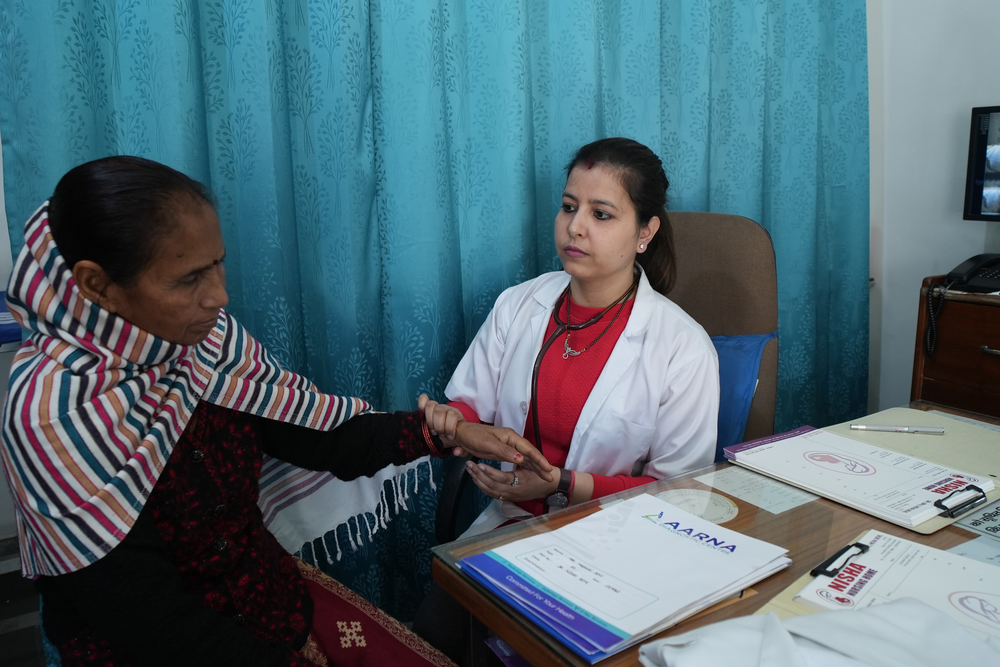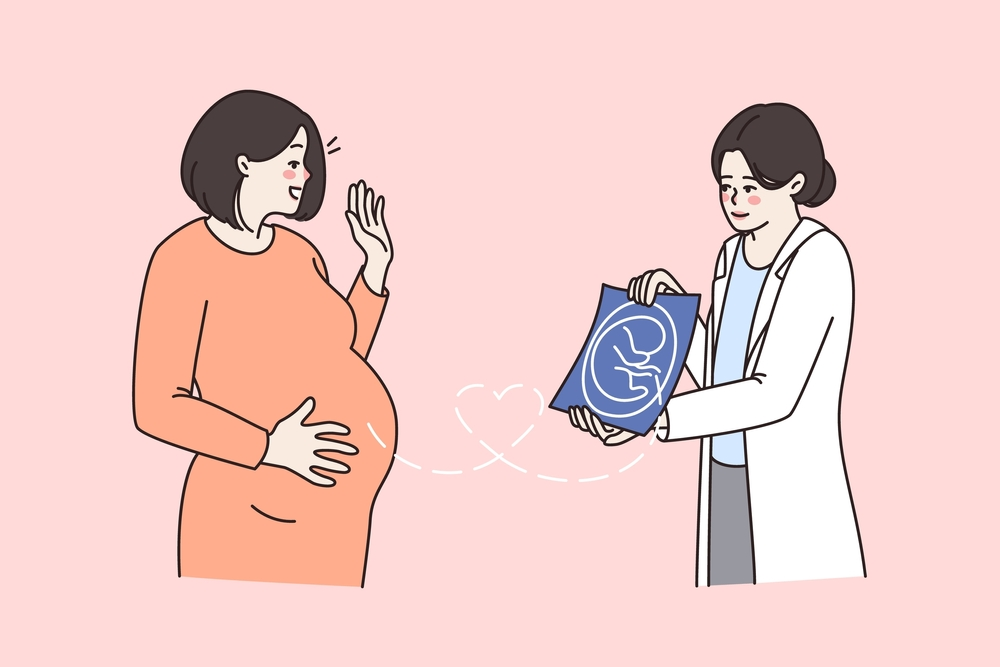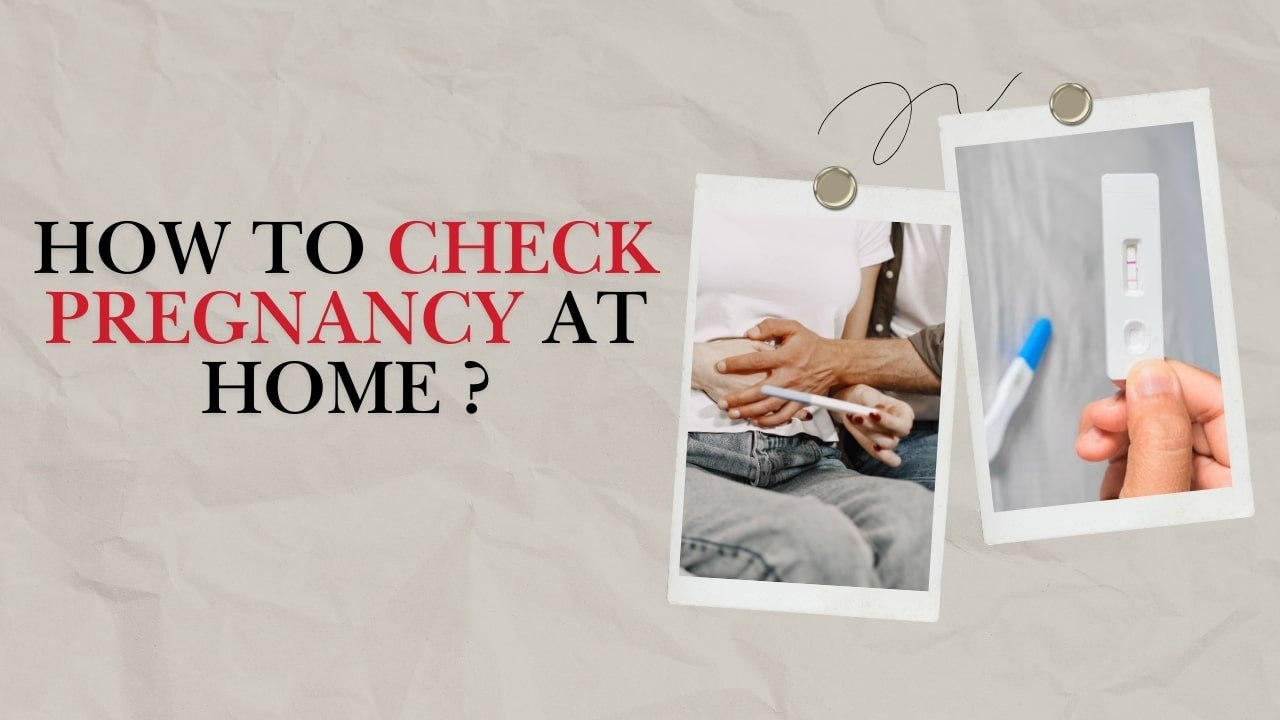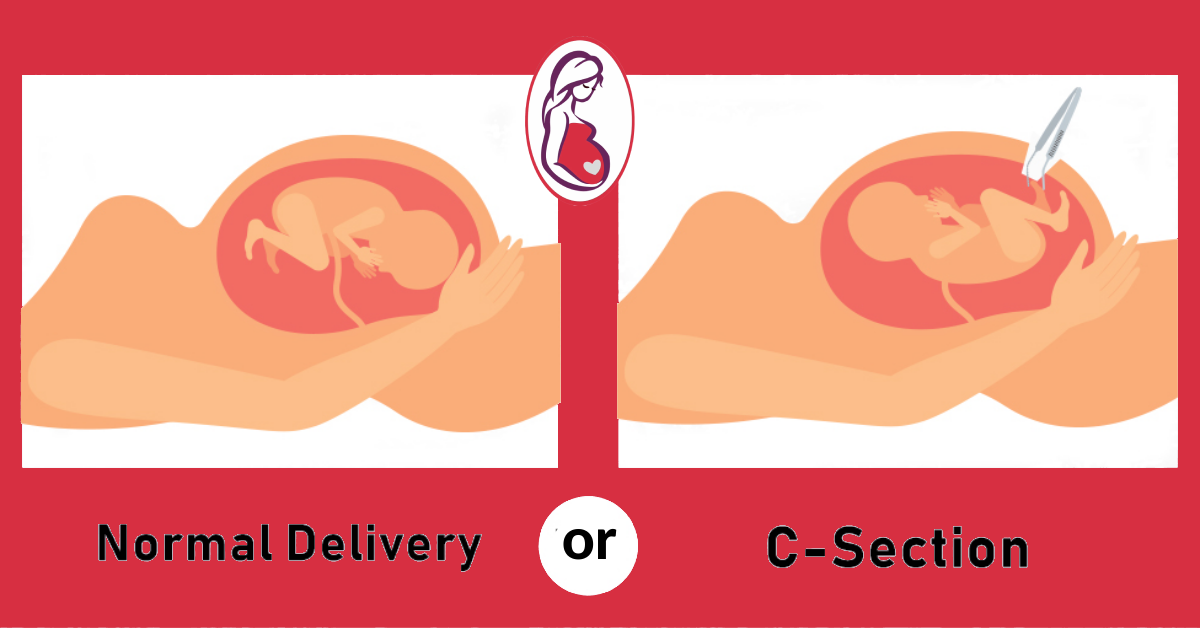Childbirth via C-section is major abdominal surgery. The body needs time, rest, and a whole lot of kindness to bounce back. Among the first questions many mothers ask post-surgery is — “When can I start bending again?” The answer depends on how your healing progresses, but one thing’s for sure: rushing into it too soon is not worth the risk.
Let’s break this down week by week and help you listen to your body without letting chores (or curiosity) get the better of your stitches.

Week 1–2: Immediate post-operative care
This is when your body is still in shock mode. The incision site is fresh, and internal healing has just begun. Bending at this stage? Not recommended. Even standing up straight might feel difficult. Focus instead on resting, feeding your baby, staying hydrated, and following the pain medication schedule. Avoid any motion that strains your abdomen — including bending, twisting, or lifting.
Week 3–4: Gradual movement introduction
By the third week, your energy might slowly return. You may find yourself doing small things — like changing a diaper, making tea, or gently reaching down to pick up something light. Here’s the catch: just because you can doesn’t mean you should. Bending should still be minimal and always accompanied by support — a sturdy chair, your hands on a counter, or better yet, someone else stepping in to help.
Week 6+: Return to normal activities
Doctors usually give the green light to resume most regular activities after six weeks — including gentle bending. But remember: healing doesn’t clock out at day 42. Every woman is different. Some may feel ready to touch their toes; others may still feel a pull or soreness. If bending causes sharp pain, pause. Let your doctor guide you based on your specific recovery path.
SAFE BENDING TECHNIQUES AFTER C-SECTION
Proper body mechanics
Once you’re past the early weeks, safe bending isn’t about avoidance — it’s about how you bend. Always use your knees, not your waist. Squat down slowly, keeping your back straight and stomach muscles relaxed. Hold onto a support if needed. Avoid jerky movements or sudden lunges to pick up that baby sock from under the bed.
Supporting your incision
Your abdominal muscles are still regaining strength, and your incision is healing from both the outside and deep within. When bending, place a hand or a light cloth over your scar area. This gentle compression reduces strain. If your doctor has given you an abdominal binder, continue using it during activities that involve movement or bending.
When to avoid bending completely
Your abdominal muscles are still regaining strength, and your incision is healing from both the outside and deep within. When bending, place a hand or a light cloth over your scar area. This gentle compression reduces strain. If your doctor has given you an abdominal binder, continue using it during activities that involve movement or bending.
DAILY ACTIVITIES: WHAT YOU CAN AND CAN'T DO
Supporting your incision
Your abdominal muscles are still regaining strength, and your incision is healing from both the outside and deep within. When bending, place a hand or a light cloth over your scar area. This gentle compression reduces strain. If your doctor has given you an abdominal binder, continue using it during activities that involve movement or bending.
Climbing stairs after surgery
This one depends on your home setup. If you live in a multi-storey house and can’t avoid stairs, go slow. Hold onto the railing. Take one step at a time. Don’t carry anything while climbing. If it’s possible, try limiting stair use to once or twice a day for the first 3–4 weeks. Your body is still redistributing internal pressure — give it a break
Driving after C-section
You’ll need to wait at least 4–6 weeks before getting behind the wheel. Bending to enter and exit the car, turning your torso while reversing, and braking suddenly can all place stress on your core. Besides, if you’re still on strong pain medication, driving is unsafe. Wait until you’re off meds, feel mobile and alert, and your doctor gives you the go-ahead.
MOTHERHOOD DOESN’T MEAN PUSHING THROUGH PAIN
This isn’t about becoming supermom within three weeks of surgery. You just created life. You’ve got nothing left to prove. So if someone says, “Arre, I was climbing stairs and making dal by week two,” smile politely — and don’t follow suit unless your body agrees.
Bending, walking, lifting — these will all return. But doing them too soon can lead to complications like hernia, reopened stitches, or prolonged pain.
At Nisha Nursing Home, we encourage gentle recovery and customized timelines. We don’t rush mothers through milestones; we walk with them. With proper physiotherapy guidance, postnatal care, and safe movement coaching, you’ll be back on your feet in good time — without hurting yourself in the process.
MOVEMENT GUIDELINES WEEK BY WEEK
Giving birth via C-section is no small feat — it’s surgery and motherhood rolled into one emotional, physical rollercoaster. But healing doesn’t have to be scary. If you’ve ever watched a FilterCopy episode about post-delivery chaos, you know moms don’t get a pause button. That’s why this week-by-week movement guide is here to help you heal smartly — without overdoing it.
HOSPITAL STAY (DAYS 1–3)
Those first 72 hours after a C-section can feel like a blur of IV drips, nurses checking vitals, and everyone asking if you’ve “passed gas yet.” Strange as it sounds, this is an actual milestone hospitals look for — because it means your digestive system is waking up post-surgery.
A nurse will gently encourage you to walk to the washroom or at least dangle your feet off the bed. These micro-movements matter. They stimulate blood flow, reduce the risk of clots, and signal your body that the recovery phase has officially begun.
Also important: rest doesn’t mean lying still 24/7. Shift sides while lying down, do ankle circles, and breathe deeply — these help keep complications like pneumonia at bay.
And yes, you can (and should) ask for help. Your job is to heal — not to hustle.
FIRST TWO WEEKS AT HOME
Let’s talk visitors. Everyone wants to see the baby, but not everyone understands that new moms aren’t in exhibition mode. Don’t hesitate to ask for quiet time, limit visitors, or set boundaries. It’s okay to prioritize your body and baby over “log kya kahenge.”
At this stage, don’t sit cross-legged on the floor or try lifting your toddler. Gentle walking, stretching arms overhead (without strain), and pelvic floor awareness exercises — these are your best friends right now.
Keep water close, eat iron-rich, fiber-friendly foods (post-surgery constipation is real), and journal your pain or sleep patterns if you’re someone who likes tracking your progress.
If you’re feeling low or disconnected, talk about it. Postpartum blues are common — and silence makes them worse.
WEEKS 3–6: GRADUAL ACTIVITY INCREASE
By now, your stitches are healing, and you’ve probably figured out a baby routine that includes at least one cup of chai without interruption. That’s victory.
But don’t get ahead of yourself. You might feel okay lifting grocery bags or squatting to pick up laundry — but that can stress your abdominal wall. Instead, focus on:
- Sitting upright while feeding the baby
- Adding light stretching or breathing exercises
- Strengthening your core through breath-led movements
Also, wear supportive footwear — it helps your balance and eases back pain during longer walks.
SLEEPING POSITIONS AFTER C-SECTION
Sleeping on your back is fine initially, but as you heal, side-lying with a pillow between your knees can relieve pressure and help you rest better. Avoid stomach sleeping until your doctor gives you a green light.
Try elevating your head and knees with cushions. This reduces swelling and helps you stand up from the bed with less strain.
WHEN TO CONTACT YOUR DOCTOR
Don’t worry about being “too cautious.” If something feels different — sharp pain, strange discharge, emotional crashes that don’t ease — call. You aren’t overreacting; you’re recovering.
Many complications are subtle at first. A stitch that doesn’t seem right today could become infected tomorrow. Trust your instincts. If you’re unsure, you can always book a wound check at your hospital or with your gynaecologist.
SIGNS OF COMPLICATIONS
Watch out for redness around the incision, a foul smell, increasing pain, or difficulty urinating. These could mean infection or internal issues. Don’t rely on Google, WhatsApp aunties, or YouTube videos. Your doctor is your safest bet.
WOUND CARE DURING MOVEMENT
Don’t cover the incision with plastic wraps or heavy gauze at home unless advised. Most incisions need to breathe and stay dry. Avoid body talc or ointments unless prescribed — what soothes the skin may not soothe your scar.
If your clothes irritate the area, try high-waisted cotton panties or postpartum bands with soft lining. And when you move — slow is smooth, and smooth is fast. That’s the motto for bending, sitting, getting up, or rolling out of bed.
EXPERT C-SECTION CARE AT NISHA NURSING HOME
Healing well after a C-section isn’t just about medicines. It’s about how you’re cared for, emotionally and physically. That’s why Nisha Nursing Home offers more than just hospital beds — we offer a healing experience.
24/7 SUPPORT FOR PATIENTS
Support that doesn’t sleep — that’s what makes our care different. You can reach us through phone, text, or even video calls if needed. Our doctors understand that questions don’t follow business hours.
Need to know if you can try climbing stairs again? Curious about when to stop using the abdominal belt? Experiencing breast engorgement? We’re available, and we won’t rush you through your doubts.
At Nisha Nursing Home, C-section care isn’t one-size-fits-all. It’s built around you. Your body, your timeline, your questions. And most importantly, your peace of mind.
Can I bend after 1 week of C-section?
For good reason, most doctors advise against bending too soon after a C-section. Your incision site and abdominal muscles are still delicate during the first week. If you attempt to lean forward, you may experience a tiny tug or discomfort, which is your body’s way of telling you, “Not yet.” Try to bend at the knees rather than the waist and hold your tummy with one hand if you must bend at all, such as to pick up something light. In general, though, give yourself some time. Your body has accomplished something remarkable; a little movement patience can help avoid long-term problems.
How long after C-section can I lift my baby?
This is the most challenging part after C-section. It is challenging actually on an emotional level. You would want to hold your baby and soothe the infant. Be always there for the baby when it needs you. However, after C-section your body requires caution. The majority of doctors advise against lifting your infant too often for at least two weeks, particularly if your sutures are yet to heal. When you do begin to heal, you can begin to lift your baby but with these precautions. Walk only slowly. Refrain from twisting when you lift your baby. To lessen the strain on your abdomen, always bring your infant close to your body before standing. Take a step back and rest if you experience any sudden pain or pulling when lifting.
When can I climb stairs after C-section?
Although there is no strict rule that bans you from climbing stairs, the same is advised considering your speedy recovery. It is advised to avoid the stairs for the first two weeks after your surgery unless there is an urgent need. Try to restrict climbing the stairs to once or twice a day. Also, always use the hand railing for extra support. It is safer to move slowly, with one step at a time. Avoid rushing or speed climbing. Around the third or fourth week from the day of C-section, most mothers are able to resume their habit of frequent stair use. However, always pay attention to your body. If it seems excessive, take a break. There’s no gold medal for doing stairs too soon.
Is it normal to feel pulling when bending after C-section?
Yes, that gentle pulling or tightness when you bend is completely normal — especially in the first few weeks. It usually comes from the internal healing around your stitches. Think of it like a healing paper cut — it pulls a little when stretched but settles with time. However, if the pulling feels sharp, worsens, or comes with swelling, redness, or discharge, it’s time to check in with your doctor. Some discomfort is expected, but pain that disrupts your movement or sleep needs medical attention.
FAQ
The baby or body may occasionally give warning signs that a typical delivery could be dangerous. These include breech position, delayed labor, placenta previa (when the placenta covers the cervix), or indications that the infant isn't handling things well. In these situations, a C-section is a precaution rather than a quick fix. Physicians never do unnecessary surgery; safety, not convenience, is the primary consideration.
Indeed, many women are able to do so through a procedure known as a VBAC (Vaginal Birth After Cesarean). Depending on the reason for your prior C-section, the type of incision that had to be made, and the status of your present pregnancy, it may or may not be advised. It's about reassessing your body and finding the mode of delivery that suits your health. Your doctor will guide you through it, assessing each safety precaution.
Not always., Most mothers are able to breastfeed after a C-section. It is just that the first few feeds may be a little challenging because of the pain from incision, and the discomfort from the back. Good placement, lactation support, and skin-to-skin contact can all make a big difference. The assistance you receive after giving birth is more important than the technique of delivery.
You will definitely have a voice. Giving birth should, in our opinion at Nisha Nursing Home, be a collaborative choice rather than an order. We will respect your wishes, go over all potential consequences, and give you medical advice. Even though safety comes first, your comfort, mental preparedness, and informed permission are equally important. Through the birth that occurs in your body, we are here to help you.
Yes, and discussing it is OK. Some mothers may feel overwhelmed by the intensity of vaginal delivery, while others may be discouraged if they intended for a natural birth and ended up needing a C-section. While emotional recovery isn't always evident, physical recovery is. For this reason, postpartum care should involve check-ins as well as check-ups, with specialists who listen without passing judgment.

